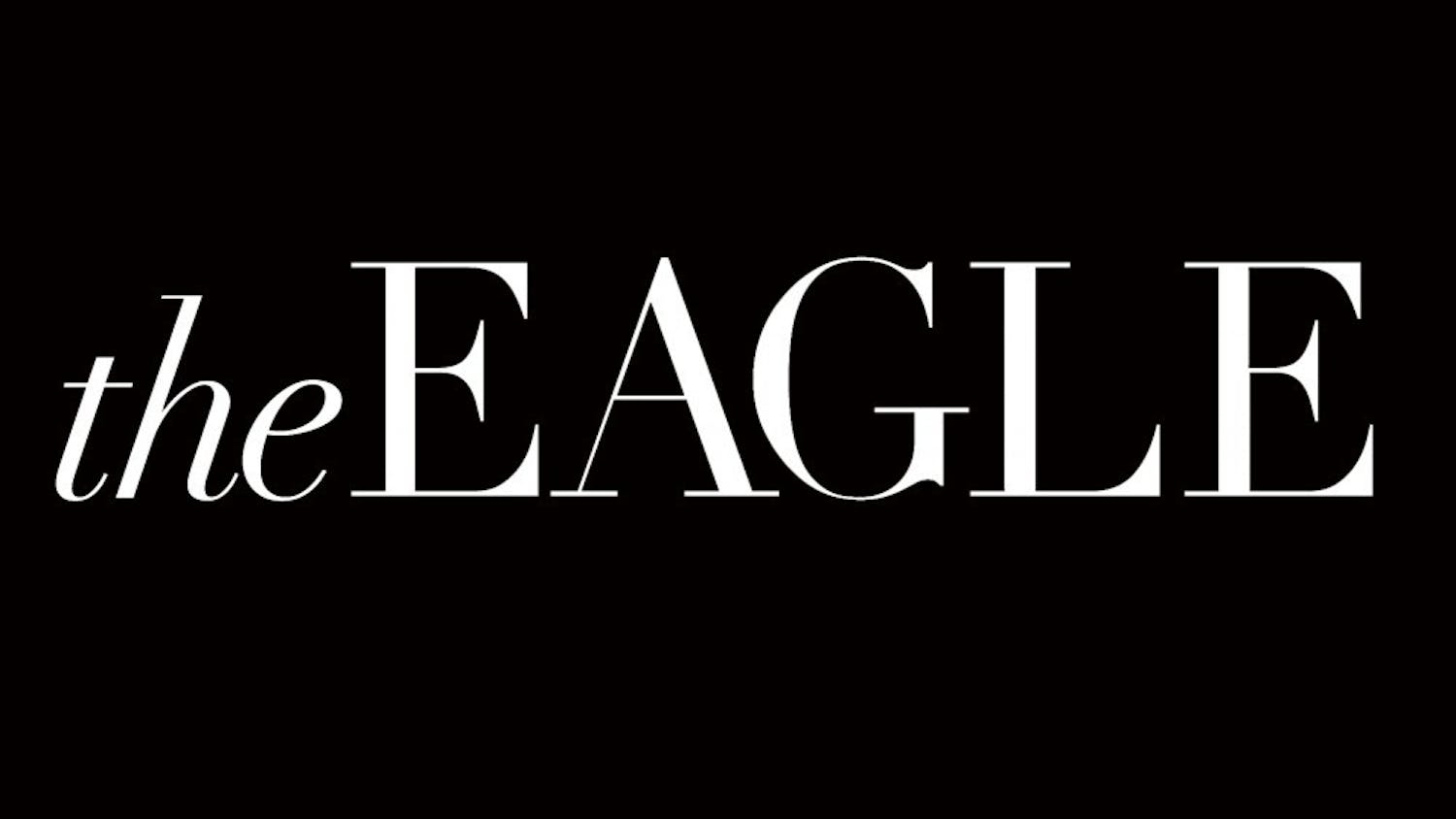Go to a McDonald's in New York and you may see something new. No, it's not some new burger. It's the result of a simple but powerful new law that makes the fast food industry retch and may make consumers retch even more: calorie information printed right on the menu board.
Would you like fries with that?
Cities from Santa Clara, Calif., to New York, and most recently, Los Angeles, are passing laws that put residents on a diet - or at least encouraging that result - by mandating that certain fast food restaurants put calorie and fat information on their menus.
But will that change what people pick when they hear those magic words, "may I take your order?"
Maybe not. Nutrition labels have been required for packaged food since 1990 but that hasn't stopped more than 20 percent of Americans from becoming obese, up from 12.5 percent in 1991. Today, only smoking leads obesity as the leading cause of preventable death in the U.S.
Similar laws that aim to save lives haven't always been well received. When some counties in California and New York outlawed food that contained artery-clogging trans fats, people complained that the government was overstepping the regulatory line and called the regulation a burdensome and unnecessary interference.
But should the government force fast food customers to be wary of all calories?
While the efficacy of the mandatory calorie count law remains to be seen, it will be hard to prevent obesity-related deaths by menus alone. Short of a lot more Big Brother action, there's reason to doubt that merely forcing restaurants to provide nutrition information will lead to any real changes in the American diet.
Or maybe there's something to be said for jamming nutritional information down our throats before the food makes it there first. The nutritional content of fast food can be disturbing. For example, a 32 oz Chocolate Triple Thick Shake from McDonald's has 1160 calories and 27 grams of fat - slightly less than half the recommended daily intake for the average person.
For the same calories as this hearty beverage, you could have two Quarter Pounders with cheese and a can of Coke or more than a pound of a more healthy choice like tofu pad thai. This kind of information is persuasive (read: vaguely nauseating). If you made it easily available at the cash register, more people would watch what they put in their mouths and ultimately onto their hips - even if that just means choosing the bad (Big Mac: 540 calories) over the worse (Premium Crispy Chicken Club Sandwich: 630 calories).
Super Size Me? Maybe not.
More importantly, laws mandating nutritional information on fast food menus will help mold the decisions of restaurants themselves. As environmentalists noticed with the publication of the "Toxic 100," a list of the dirtiest companies in the United States, public shaming can make companies sit up, listen and ultimately clean up their act. No one wants to be the United States' dirtiest company, and no one wants to be the fattiest food place. This public shaming may cause the fast food industry to rethink recipes and reduce the fat and calorie counts. More cities should make calorie reporting mandatory for fast food. And we wouldn't mind seeing nutrition figures at AU dining facilities, either.
Ultimately, though, it's up to us to make the right choice to eat well and exercise. In this country of many freedoms, the government can't always save us from ourselves.
Ben Moss and Brittany Meyer are students in the Washington College of Law. You can reach them at edpage@theagleonline.com.





